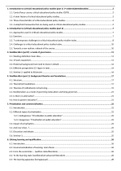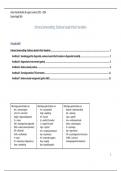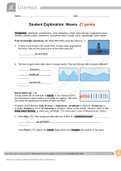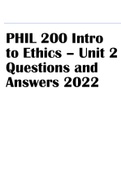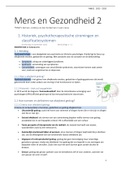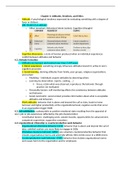Resume
Summary Political Structures and Processes of the European Union
- Établissement
- Vrije Universiteit Brussel (VUB)
Political Structures and Processes of the European Union - Summary (slides, recordings, and own notes) This course was given by professor Alexander Mattelaer.
[Montrer plus]





